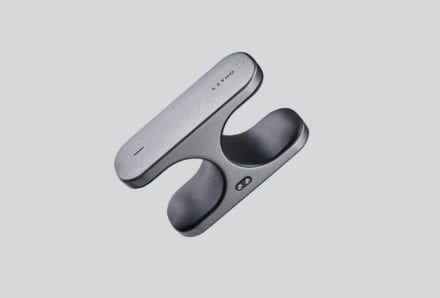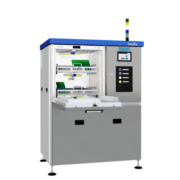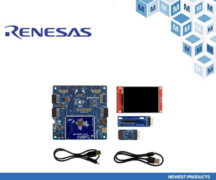This week, TechCrunch ran a worthwhile profile of Litho, a maker pro venture that’s working on a finger-worn device for controlling devices with gestures that sounds strikingly like Tom Cruise’s iconic user interface system in the 2002 Steven Speilberg science fiction flick “Minority Report.”
“Trying to interact with objects in the real world through a smartphone is like trying to do heart surgery with a spork,” founder Nat Martin told TechCrunch. “More often than not our phones end up being a frustrating barrier to the digital world, rather than a tool to enable interactions with it.”
The writeup isn’t intriguing just because Litho sounds like a competently executed hardware startup (though it has picked up funding from storied sources including Greycroft and Chris Albinson), it’s also impressive because of the extraordinary scope of the problem Martin and his associates want to solve — and the inroads they seem to be making toward solving it.
Basically, they see a world that’s rapidly filling up with connected devices while mobile phones sputter as an interface to control them. If Litho can fill that gap — and avoid being shut out by a larger player that sees a similar opening in the market — it could be poised to upend not just the world of connected consumer electronics but the maker movement itself.
“Instead of an awkward and frustrating interface, developers can create precise yet effortless interactions in 3D space,” Martin told TechCrunch. “This opens up a whole new range of use cases — architects and designers can create precise 3D models in the context of the real world, and gamers can create a virtual theme park in their back garden simply by pointing and drawing.”










